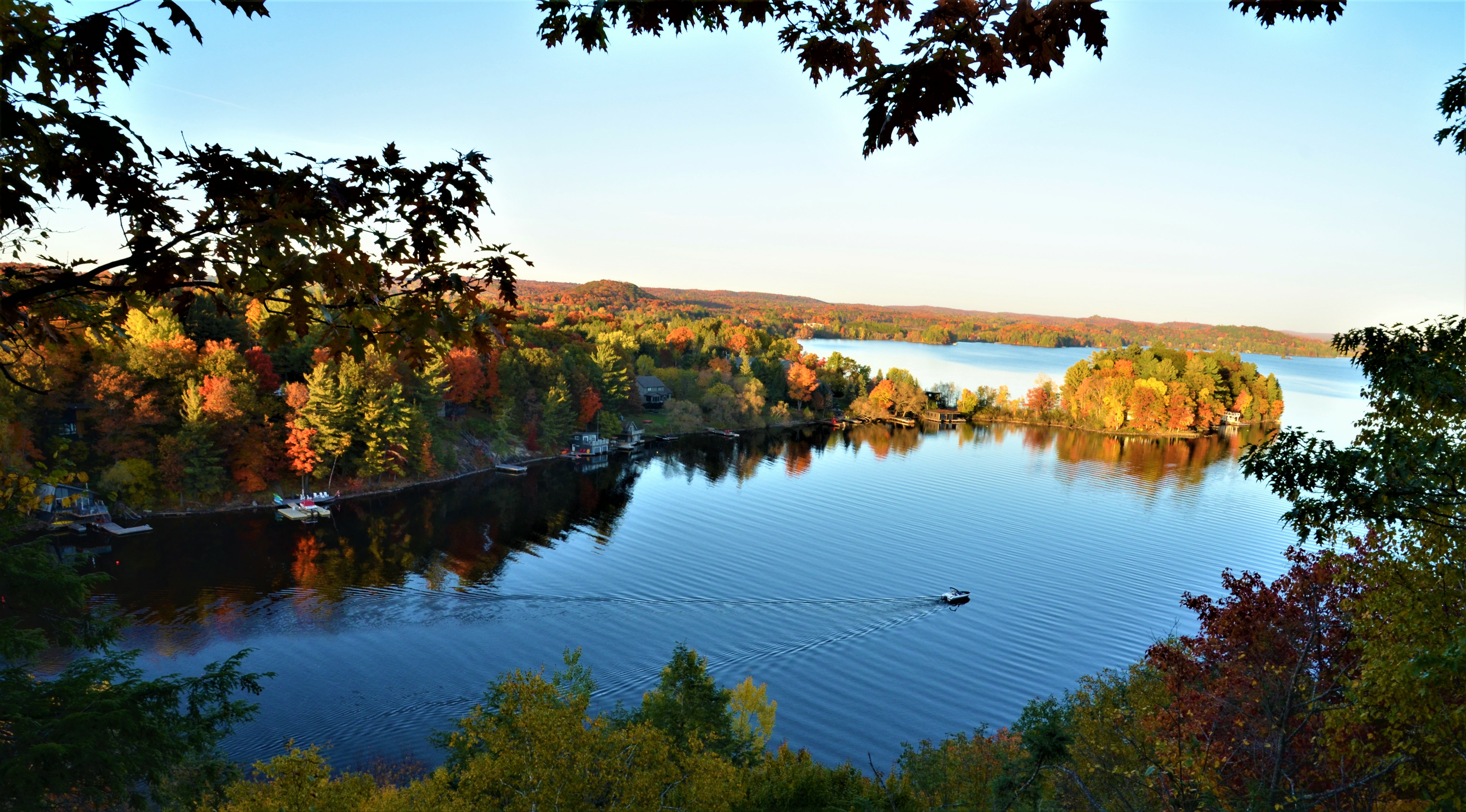Month: November 2024

How to Turn Your Cottage into an Investment Property
Owning a cottage can be a dream come true. Being able to escape the hustle and bustle of city life to an idyllic retreat whenever you please is a luxury, as well as a profitable income stream and path to earlier retirement. This article discusses the strategic planning required to transform a cottage into a […]
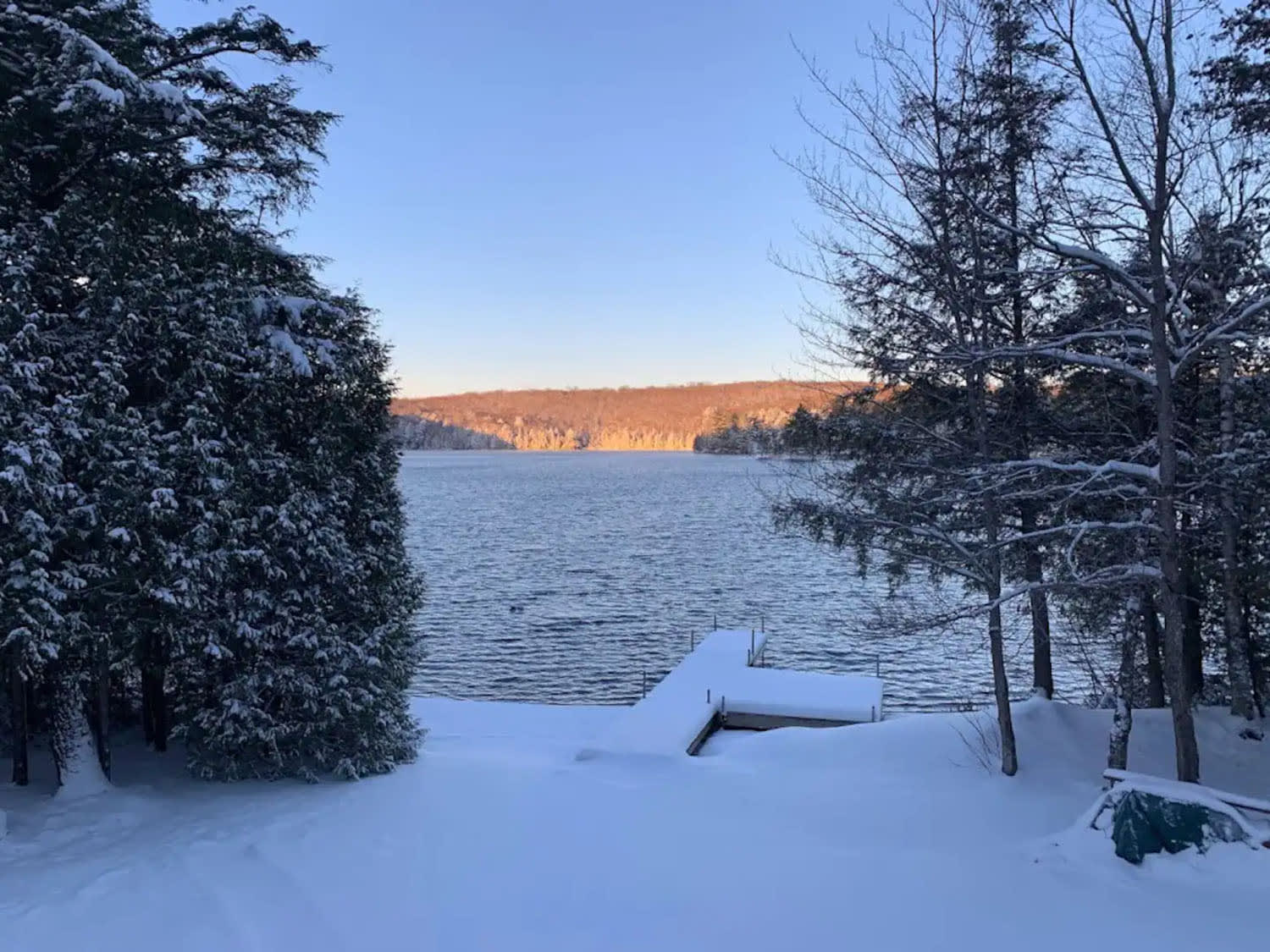
How to Winterize a Cottage for Canadian Winters
Knowing how to winterize a cottage is essential to being able to vacation during cold, snowy winters. Measures for the frigid season must be taken to stay comfortably and to maintain the integrity and value of your vacation home. Insulation A big factor in the success of winterizing a cottage will be its ability […]
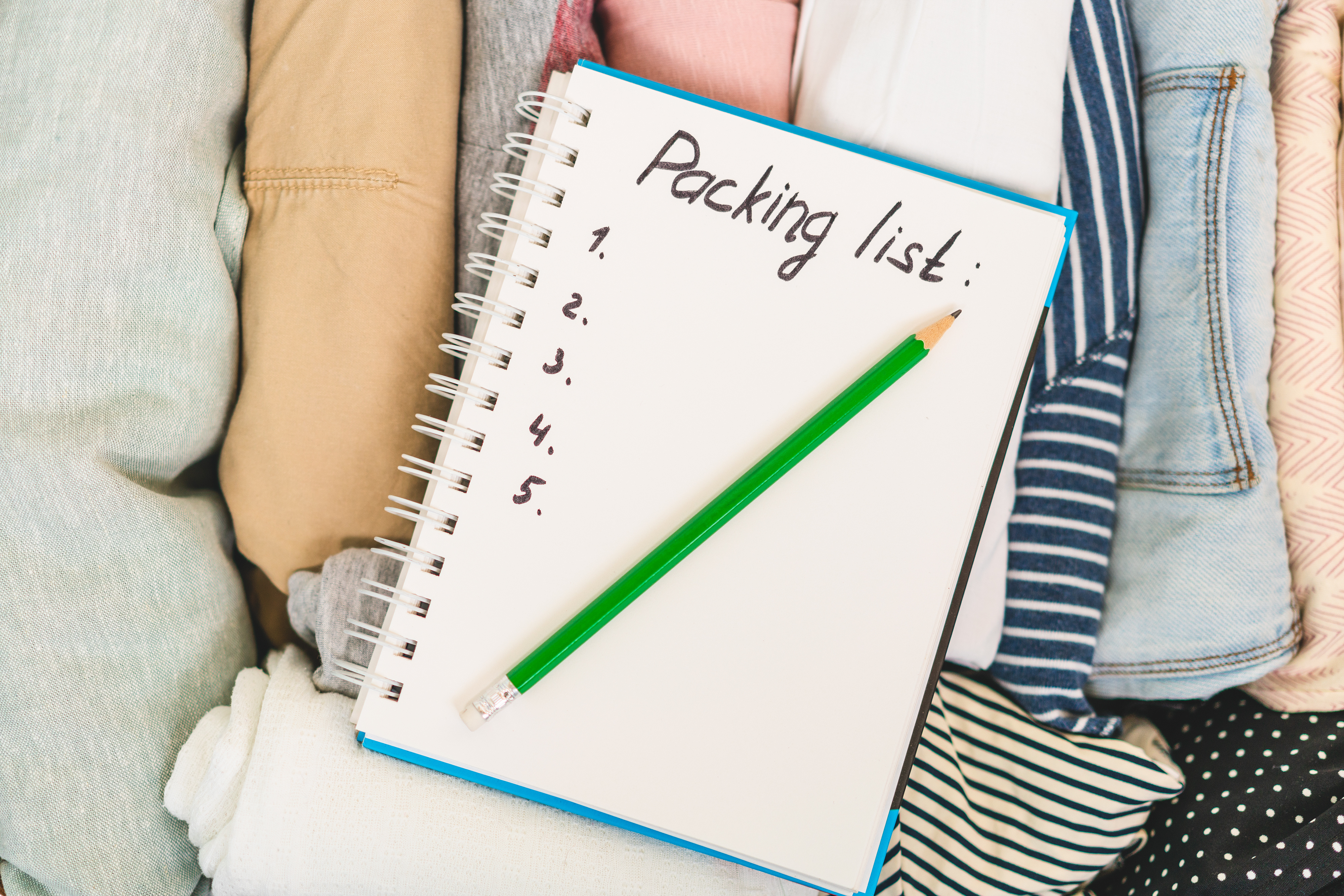
What to Bring to a Cottage: The Essentials, Food, for a Weekend, and as a Guest
When planning for a cottage getaway, packing well can be the difference between a relaxing vacation and a stressful one. There are several factors to consider when getting ready, such as what activities you are planning to do at the cottage, how long the trip is, what the weather will be, and what will already […]
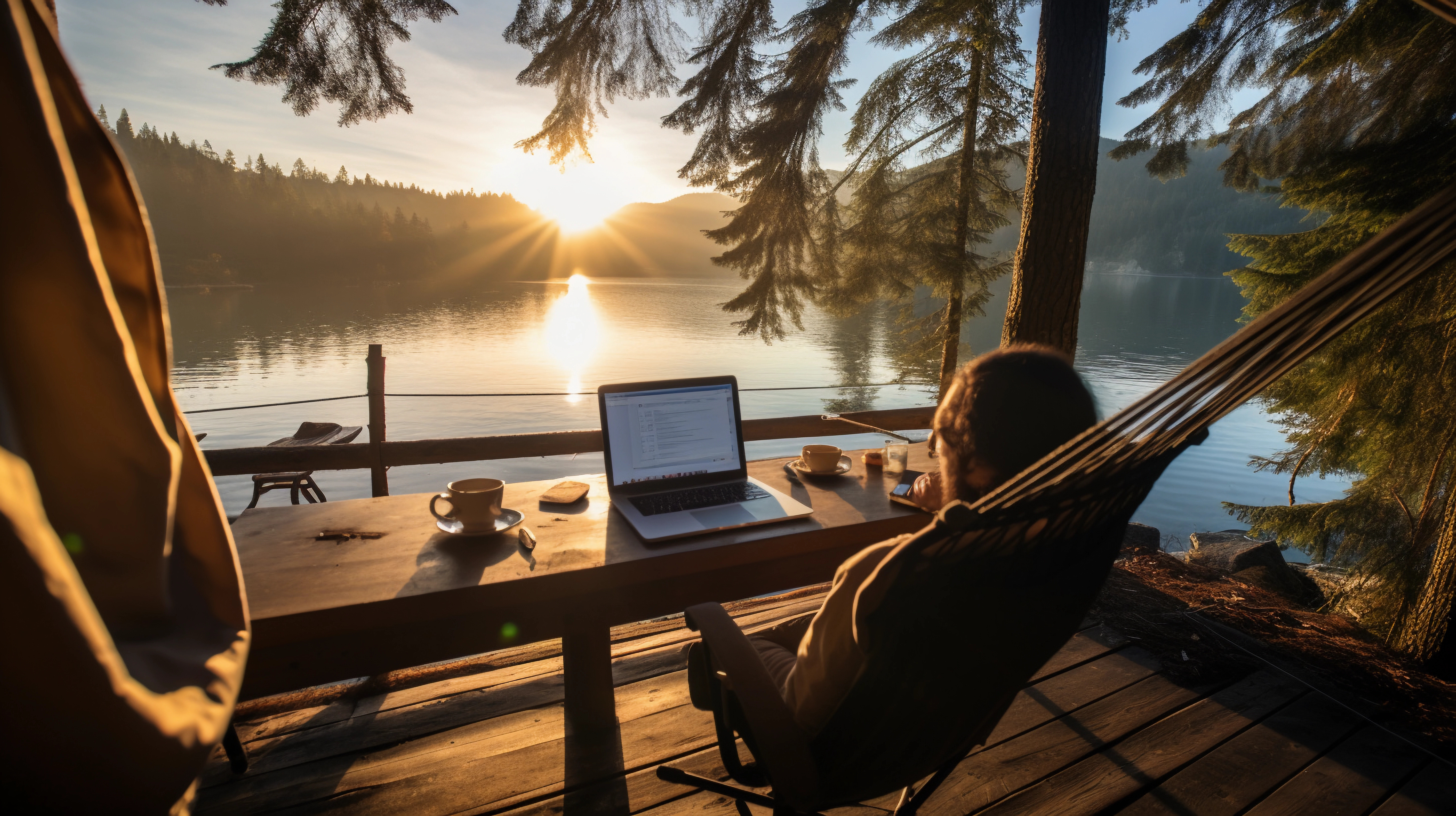
Is a Cottage a Good Investment?
The answer to “is a cottage a good investment” is, it depends! Vacation rentals can be very lucrative, but they can also be expensive and work intensive to set up and maintain, so it is important to do your research before committing. Making a cottage a financially viable and worthwhile investment is about maximizing profits […]
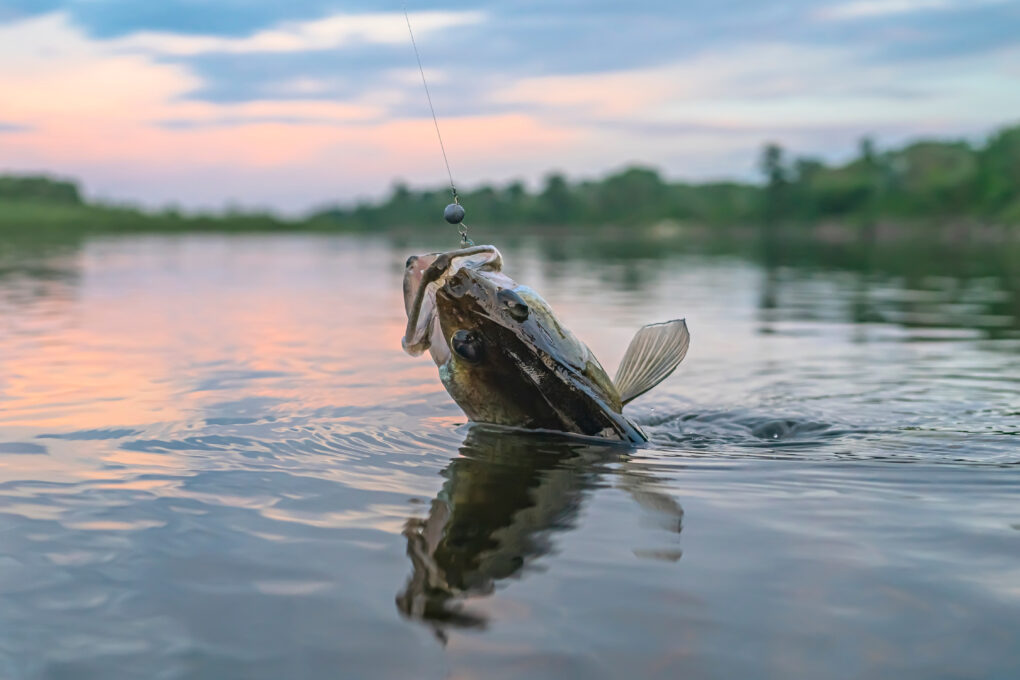
Types of Fish in Ontario’s Cottage Country
Ontario is abundant with amazing fish that are fun to spot and delicious to eat. These include Bass, both smallmouth and largemouth, Pike, Walleye (also known as Pickerel), Muskie, and several types of Trout. Each type has their unique habitats, behaviours, best preparation methods and flavour pairings, outlined in the following table, in the hope […]
Best Fishing Lakes in Ontario Cottage Country
The best fishing lakes in Ontario’s Cottage Country are renowned for their abundant and diverse types of fish, clear waters, and beautiful scenery. Here is a guide to some of the best reviewed lakes in the area, both big and small. Remember, all fishing in Ontario requires a fishing license. Once you’ve chosen a lake, […]
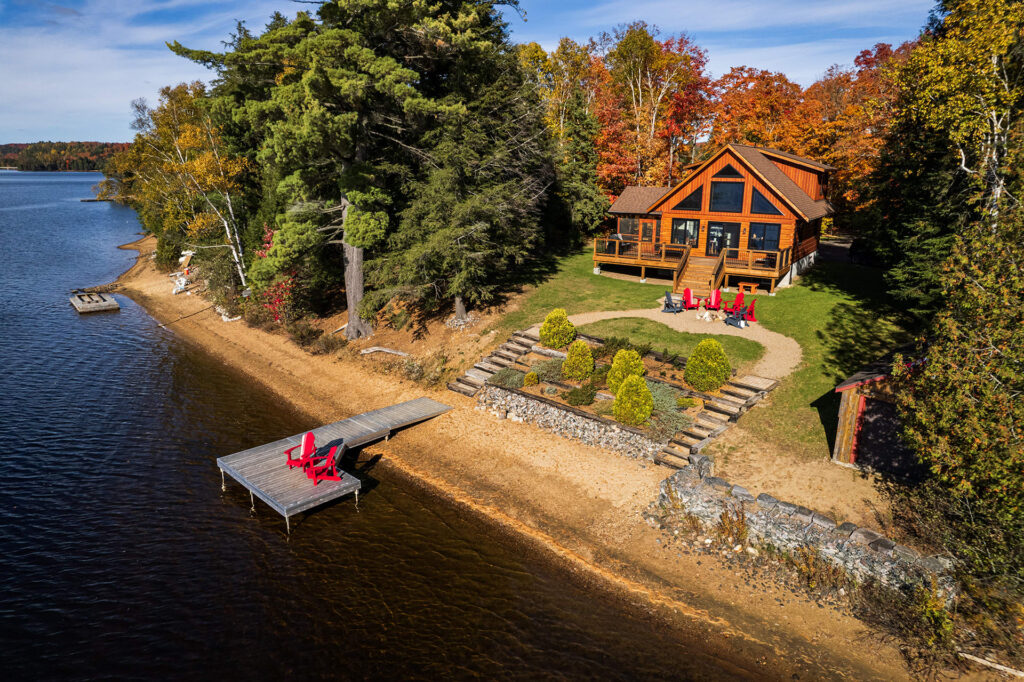
Canada Cabin Rentals – Tips for US Travellers
Ontario’s cottage country is filled with plenty to explore, from beautiful and memorable landscapes, pristine shimmering lakes, fun and adventurous activities, and charming, vibrant towns with rich, historical culture. If you’re an American planning a vacation in Canada and renting a cabin in the Muskoka or surrounding region, there are several things to know and […]
